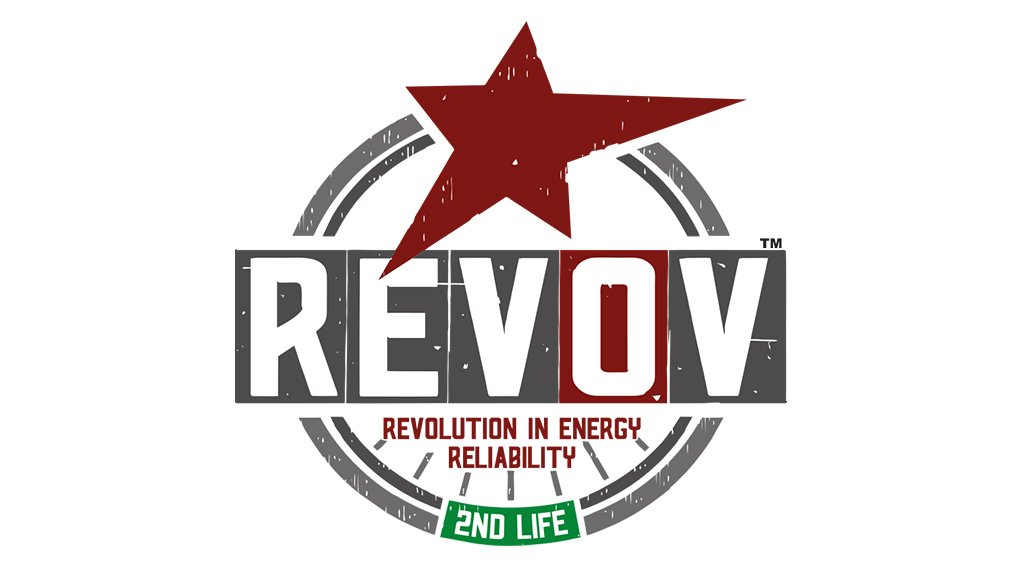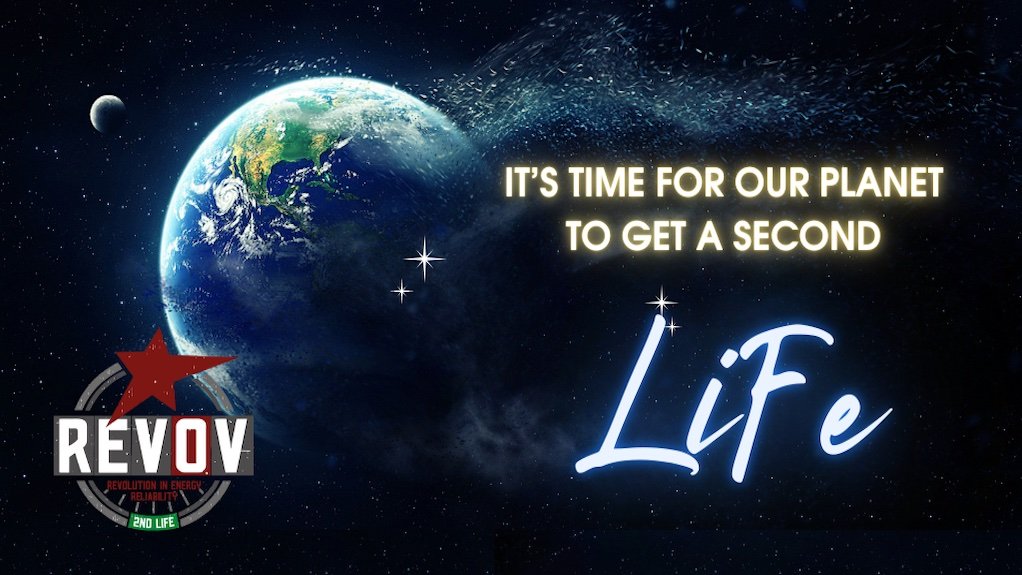It’s time for our planet to get a second life
The world has woken up to the fact that we have caused immense damage to our only planet and urgent interventions are needed to try stem the tide. We all know this, and it’s the fire behind strict and ambitious climate change targets for countries around the world.
If we turn the lens inwards, and look at South Africa, we have a long way to go. Our fleet of predominantly coal-fired power stations can barely keep the lights on while pumping toxins into the atmosphere and despite President Cyril Ramaphosa’s government progressively doing the right thing with regards to renewable energy, one could argue that we have little time left and that it’s now or never. To this backdrop, the right noises are being made.
But where does this leave us? One must go back to the beginning to understand what renewable energy is. Solar panels harvest rays from the sun and this is converted into electricity. Similarly, turbines harvest energy from the wind and convert it into electricity. That’s a layman’s understanding but sadly where most of the understanding seems to stop.
You see, to secure available power no matter the weather conditions or time of day, there needs to be battery storage. This means that if there is no wind or sun, the power is stored in large battery systems to supply the demand, and as the sun and wind become favourable again (such as day time for solar and wind for turbines), the batteries are recharged.
Once we understand this, we understand that batteries are a fundamental cog in the renewable energy machine. Yet, it doesn’t end there. If we are to take the imperative of environmental consciousness seriously, the choice of batteries is vital.
The best batteries for energy storage are lithium iron phosphate batteries. They have replaced lead acid and are superior in every metric from performance to safety. However, first life lithium iron phosphate batteries come with two major concerns. The first, is that the energy storage industry is competing with the booming electric vehicle (EV) industry, and the simple mathematics of supply and demand is going to continue pushing prices upwards. Just recently, The Economist suggested that we may soon see the EV sector struggling to procure batteries out of an inability to supply enough to meet the booming EV demand. Just imagine what this is going to do to the stationary energy storage market.
The second, is that a battery filled with lithium, that is mined and then transported around the world, comes with a carbon cost that is at odds with the commitment to reduce our harm to the environment.
On the other hand, EVs have to replace their batteries every few years when the weight no longer justifies the output. There is currently no suitable recycling option for these batteries, meaning that in the absence of a company such as REVOV, they would end up in landfills – again, against the spirit of turning the tide on our harm to the environment.
The batteries removed from EVs are made up of many individual cells. When these good cells are repurposed from a mobility to storage capacity, it results in 2nd LiFe (second life) batteries. These are not second hand batteries, they are second life. Battery cells that are designed for mobility are built to withstand harsh operating conditions, making these cells – when repurposed into 2nd LiFe batteries – far more suitable for harsh conditions when used in storage applications. 2nd LiFe batteries, which have as much life in them as new lithium batteries, have three things counting in their favour: they are more cost effective, they last as long and outperform first life batteries in many respects due to their design, and almost all of their carbon footprint has been accounted for in the EV market, while their use simultaneously closes an important gap in the circular economy by finding a solution to the problem of replaced EV batteries.
Anyone purporting to be “going green” but using anything other than 2nd LiFe batteries are misleading themselves and doing more harm than good. That’s at odds with what the world wants to achieve with turning the tide on our environmental damage.
If South Africa and the rest of this continent is to put meaning behind the rhetoric that the planet matters, 2nd LiFe lithium iron phosphate batteries absolutely have to be part of the expected rapid investment in renewable energy. It’s time to give our planet a second life.
Contact: marketing@revov.co.za
Comments
Press Office
Announcements
What's On
Subscribe to improve your user experience...
Option 1 (equivalent of R125 a month):
Receive a weekly copy of Creamer Media's Engineering News & Mining Weekly magazine
(print copy for those in South Africa and e-magazine for those outside of South Africa)
Receive daily email newsletters
Access to full search results
Access archive of magazine back copies
Access to Projects in Progress
Access to ONE Research Report of your choice in PDF format
Option 2 (equivalent of R375 a month):
All benefits from Option 1
PLUS
Access to Creamer Media's Research Channel Africa for ALL Research Reports, in PDF format, on various industrial and mining sectors
including Electricity; Water; Energy Transition; Hydrogen; Roads, Rail and Ports; Coal; Gold; Platinum; Battery Metals; etc.
Already a subscriber?
Forgotten your password?
Receive weekly copy of Creamer Media's Engineering News & Mining Weekly magazine (print copy for those in South Africa and e-magazine for those outside of South Africa)
➕
Recieve daily email newsletters
➕
Access to full search results
➕
Access archive of magazine back copies
➕
Access to Projects in Progress
➕
Access to ONE Research Report of your choice in PDF format
RESEARCH CHANNEL AFRICA
R4500 (equivalent of R375 a month)
SUBSCRIBEAll benefits from Option 1
➕
Access to Creamer Media's Research Channel Africa for ALL Research Reports on various industrial and mining sectors, in PDF format, including on:
Electricity
➕
Water
➕
Energy Transition
➕
Hydrogen
➕
Roads, Rail and Ports
➕
Coal
➕
Gold
➕
Platinum
➕
Battery Metals
➕
etc.
Receive all benefits from Option 1 or Option 2 delivered to numerous people at your company
➕
Multiple User names and Passwords for simultaneous log-ins
➕
Intranet integration access to all in your organisation





















